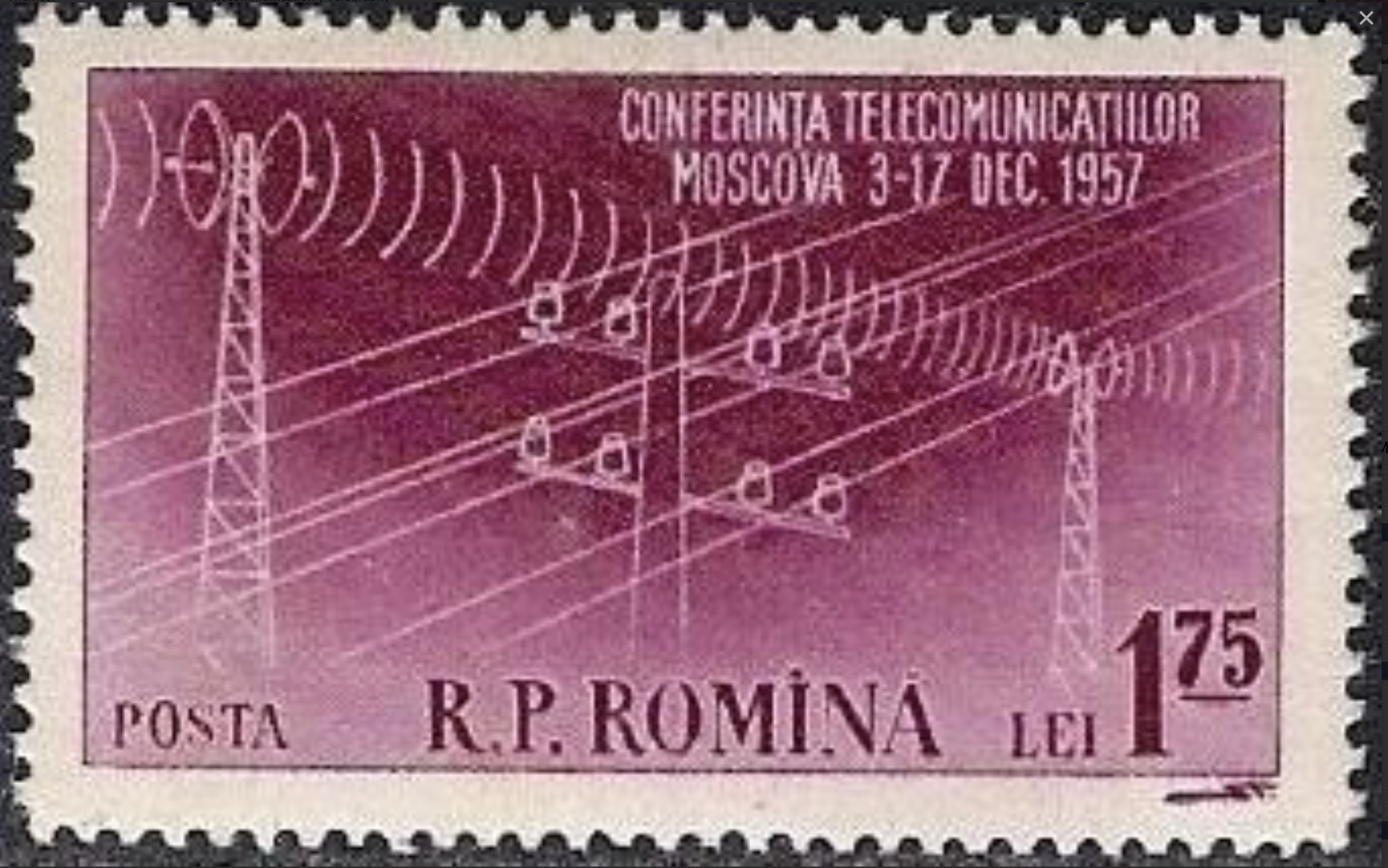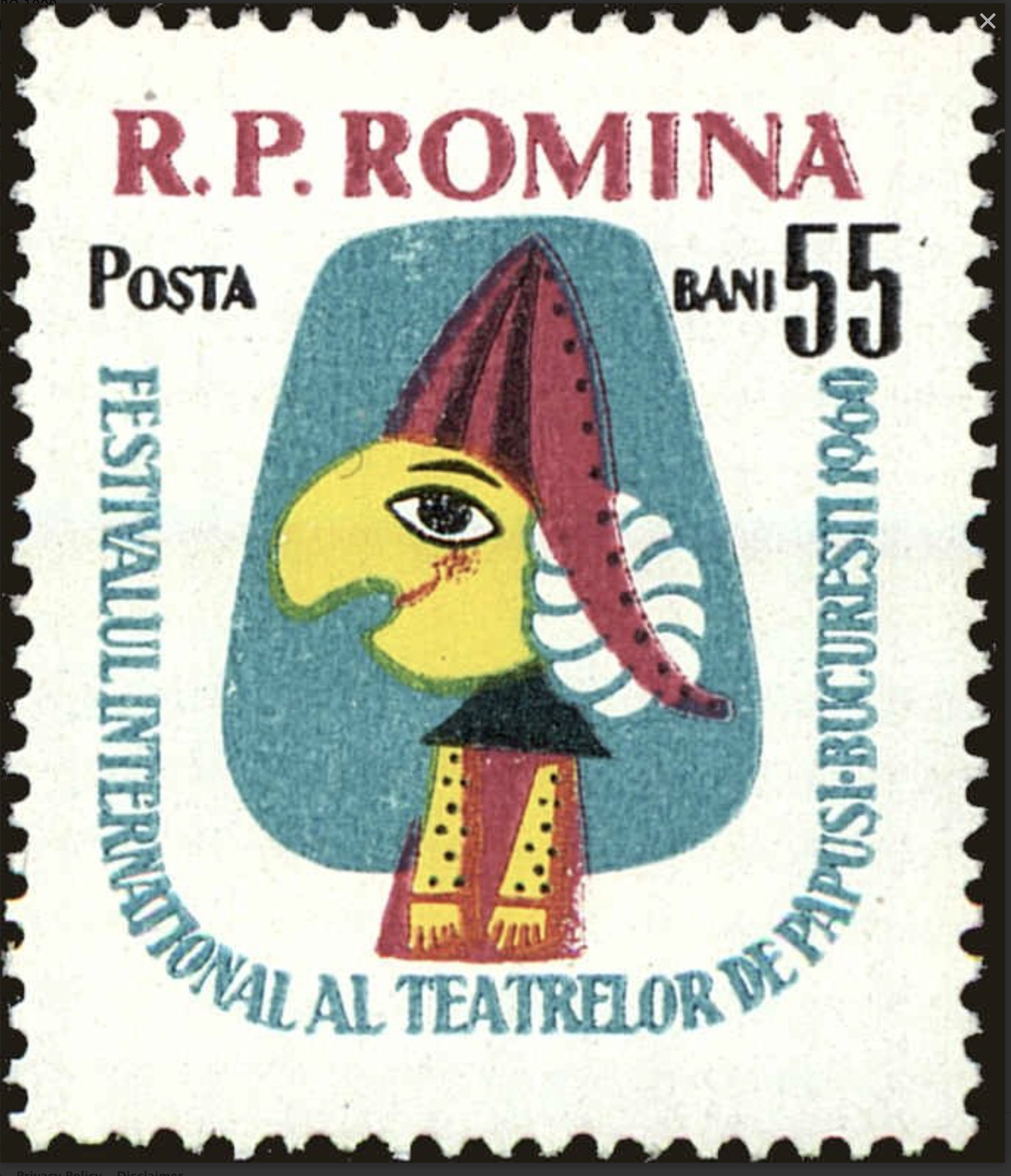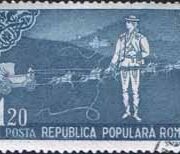Czechoslovakia #2164 (1978) – Ferdinand I Medal
$0.45
Czechoslovakia #2164 (1978) – Ferdinand I Medal
Description
Czechoslovakia #2164 (1978) – Ferdinand I Medal
Ferdinand I, also known as Ferdinand of Habsburg, was a significant figure in European history during the 16th century. He was born on March 10, 1503, and died on July 25, 1564. Ferdinand I held various titles throughout his life, including Archduke of Austria, King of Bohemia, King of Hungary, and Holy Roman Emperor.
Some key points about Ferdinand I include:
- Rise to Power: Ferdinand was a member of the Habsburg dynasty, which was one of the most powerful ruling families in Europe during the Renaissance period. He ascended to the throne of the Holy Roman Empire in 1558 upon the abdication of his brother, Emperor Charles V.
- Holy Roman Emperor: Ferdinand I served as Holy Roman Emperor from 1558 until his death in 1564. His reign was marked by religious conflicts, including the spread of Protestantism and the tensions between Catholics and Protestants within the Holy Roman Empire.
- Consolidation of Power: Ferdinand faced numerous challenges during his reign, including conflicts with the Ottoman Empire and internal rebellions. He worked to consolidate Habsburg power and maintain the stability of his territories.
- Council of Trent: Ferdinand I was a supporter of the Catholic Counter-Reformation and played a role in the Council of Trent, which was convened by the Catholic Church to address the challenges posed by the Protestant Reformation.
- Legacy: Ferdinand I is remembered as a capable ruler who navigated the complex political landscape of 16th-century Europe. His reign marked a period of transition and upheaval, but he managed to maintain the stability of the Holy Roman Empire and the Habsburg domains.
Overall, Ferdinand I played a significant role in shaping the history of Europe during the Renaissance period, and his legacy continues to be studied by historians today.
Ready to ship in 3-5 business days from United States (US)
Additional information
| Condition | |
|---|---|
| Country | |
| Scott Number | |
| Stamp Format | |
| Stamp Type | |
| Year of Issue |

















